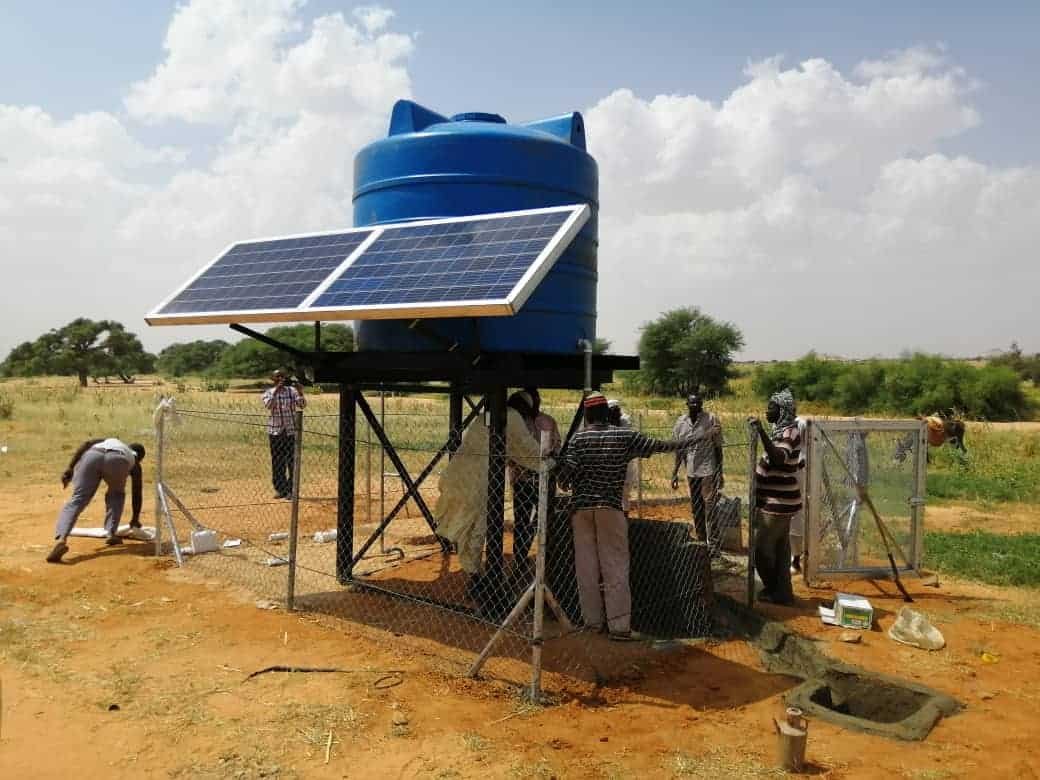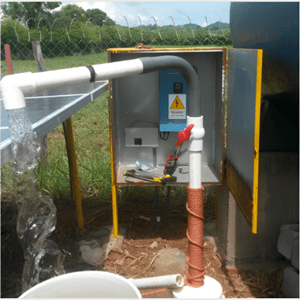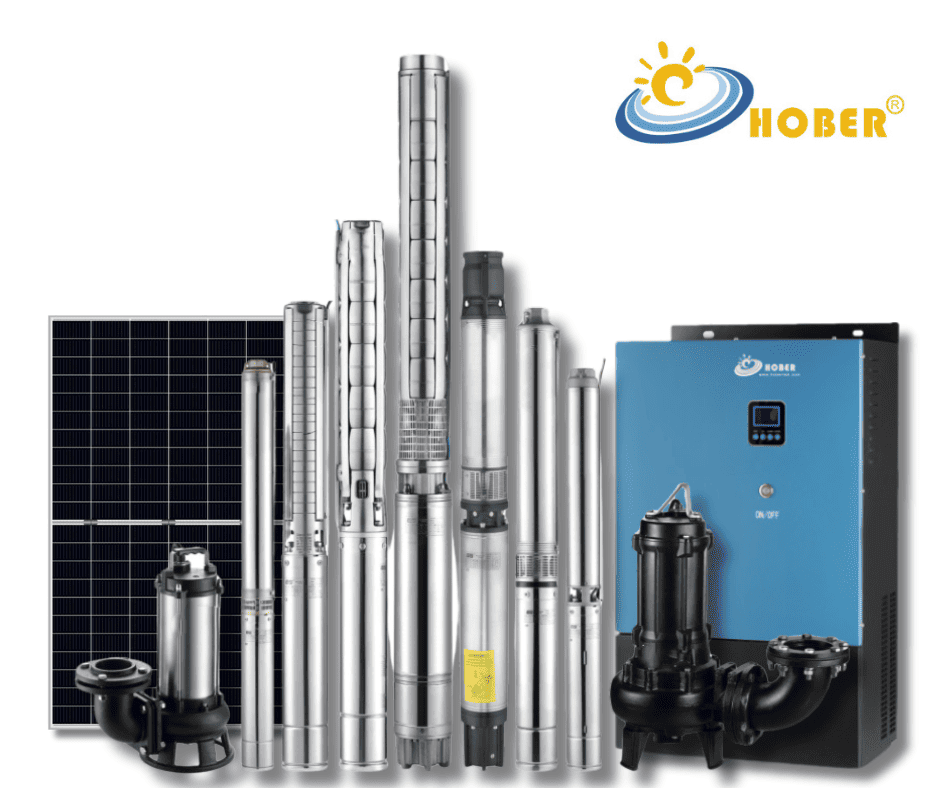Introduction
The efficiency of solar pump systems is crucial for their effectiveness in various applications. While the photovoltaic (PV) cells play a pivotal role, several factors, including temperature, significantly impact the overall performance of these systems. This article delves into the effects of temperature on PV cells and extends the discussion to other elements that influence the performance of solar pump systems.

Temperature Effects on Photovoltaic Cells
PV cells, characterized as negative temperature coefficient semiconductor devices, perform better under lower temperatures. In colder weather, typically experienced in winter, the efficiency of solar stations increases compared to the hotter summer months. This improvement is due to the enhanced electricity generation capacity of PV cells at lower temperatures.
Challenges in Cold Weather Conditions
Despite the benefits of cold weather, it also poses challenges:
- Increased Output Voltage: The output voltage of PV arrays can rise in cold conditions, particularly during early mornings when inverters are inactive, and the PV modules are in an open-circuit state.
- Risk of Exceeding Inverter Input Voltage: In systems where PV modules are excessively series-connected, the string voltage can surpass the nominal voltage in low temperatures. This might lead to the DC voltage at the inverter’s input exceeding its maximum limit, activating DC over-voltage protection and disrupting normal power generation.
Other Factors Affecting Solar Pump System Performance
In addition to temperature, several factors influence the overall performance of solar pump systems:
- Solar Irradiance: The amount of sunlight received directly impacts the energy production capacity of PV cells.
- System Alignment and Installation: The orientation and installation quality of solar panels affect their ability to capture sunlight efficiently.
- Pump Efficiency: The type and efficiency of the pump used in the system are crucial. More efficient pumps translate to better overall system performance.
- System Maintenance: Regular maintenance, including cleaning of solar panels and servicing of mechanical parts, ensures optimal performance.
- Water Source and Demand: The characteristics of the water source, like depth and flow rate, along with the water demand, play a significant role in the system’s efficiency.
- Battery Storage (If Applicable): In systems with battery storage, the efficiency and capacity of the batteries are vital for consistent and reliable operation, especially during periods with less sunlight.

Conclusion
Understanding the impact of temperature on solar pump systems is vital for maximizing their efficiency. Equally important is the awareness of other influencing factors, from solar irradiance to system maintenance. This comprehensive understanding is essential for solar pump retailers and installers, particularly those operating in diverse climatic conditions, to provide reliable and efficient solutions to their clients.

